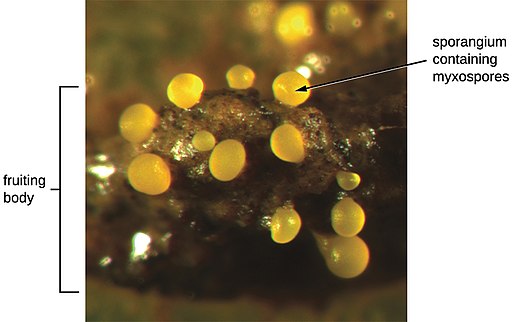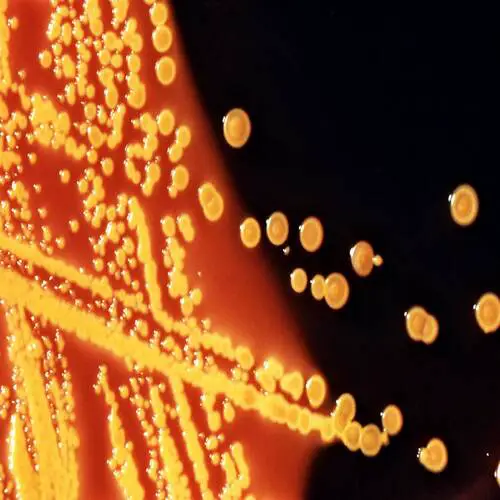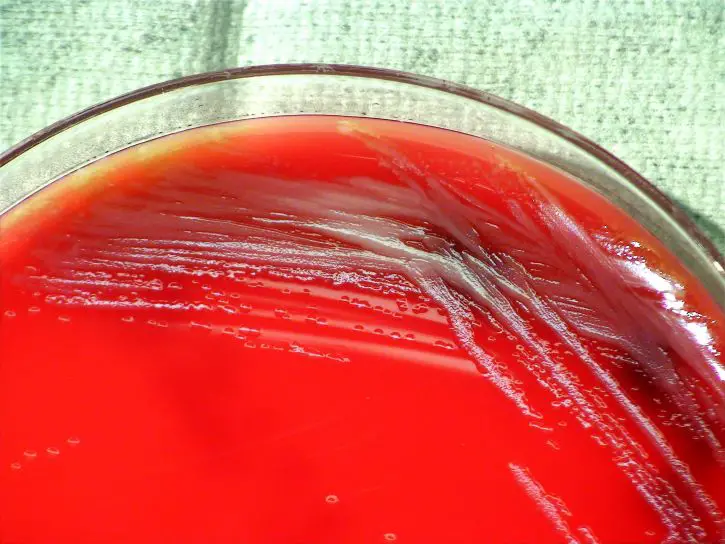Different Cell Organelles and their Functions
Organelles make up the subunits of a cell. There are numerous each with their own function.
Plasma Membrane
The plasma membrane is the organelle that encapsulates the contents of the cell. Apart from encapsulating cell contents, the plasma membrane also plays a vital role in regulating the movement of substances in and out of the cell.
As such, it is actively involved in such both passive and active transportation to and from the cell. These processes also help maintain balance even when conditions outside the cell change.
The plasma membrane is made up of two layers of phospholipids (phospholipids bilayer).
What are the Functions of Lipids, Proteins and Lipopolysaccharides on the Cell Membrane?
Nucleus/DNA
* Some of the main components of the nucleus include the chromatic, nucleoplasm/nuclear sap and the nucleolus.
* The nucleus houses DNA (the hereditary material) as well as various proteins and the nucleolus.
In eukaryotic cells, the nucleus is enclosed in a nuclear membrane. It is the organelle that controls the hereditary traits of an organism by directing such processes as protein synthesis and cell division among others.
For prokaryotes, the DNA lacks a nuclear membrane. The genetic material is therefore bound in the nucleotide region.
* The nucleolus plays an important role in ribosome production.
Ribosome
Ribosomes are tiny organelles that contain RNA and specific proteins within the cytoplasm. Within the cell, ribosomes are directly involved in the manufacture of proteins by using their RNA and amino acids.
This process involves decoding the information contained in the mRNA and using amino acids to produce the required proteins.
Mitochondria
Mitochondria are some of the largest organelles within a cell.
Compared to some of the other organelles, mitochondria contain DNA which makes them semiautonomous. Mitochondria also contain a double-membrane with the inner membrane folding to form cristae.
Also known as the powerhouse, mitochondria play an important role in respiration where they generate ATP (adenosine triphosphate) from substrates in the presence of oxygen. Using their DNA, mitochondria are able to encode for some of the components they require to perform their functions.
* ATP stores energy in the form of chemical bonds and is released whenever it is needed for various cell functions.
Vacuoles
A vacuole may be described as a space inside the cell that does not contain cytoplasm. It's surrounded by a membrane and filled with a fluid. Vacuoles store various molecules including enzymes, waste products of the cell, water, and even food material depending on the type of cell.
In cases were vacuoles contain waste products of the cell, they are also involved in the exportation of waste from the cell thus protecting the cell from toxicity.
* Some vacuoles also play a role in maintaining the internal hydrostatic pressure of the cell as well as regulating pH.
Cytoskeleton
The cytoskeleton is made up of microtubules and microfilaments. By spreading throughout the cell (in the cytoplasm), the cytoskeleton helps maintain the shape of the cell while also ensuring its elasticity.
* The cytoskeleton is also involved in anchoring the nucleus and supporting cell contents.
Plastids
Plastids are a type of organelle found in plant cells and algae. Like mitochondria, plastids are membrane-bound organelles that contain nucleoids. As such, they are also semi-autonomous organelles.
There are different types of plastids that include chloroplasts, chromoplasts, gerontoplasts, and leucoplasts.
The following are some functions of the different types of plastids:
- Chloroplasts - Chloroplasts contain the pigment chlorophyll that captures energy from sunlight for photosynthesis. Therefore, the chloroplast is the site of photosynthesis (the process through which plants produce food)
- Chromoplasts - Chromoplasts are present in certain photosynthetic eukaryotes. They are primarily involved in the production and storage of pigments (carotenoid pigments). These pigments are involved in absorbing light energy as well as protecting chlorophyll in some plants.
- Gerontoplasts - This is a type of plastid that develops from the chloroplast during senescence in foliage plants. Gerontoplasts play an important role in salvaging nutrients and other important material as a cell dies.
- Leucoplasts - Compared to the other plastids, leucoplasts are unpigmented organelles. Leucoplast is specialized for such functions as the storage of starch (amyloplasts), lipids (elaioplasts) and proteins (proteinoplasts).
Endoplasmic Reticulum
Found in eukaryotic cells, Endoplasmic reticulum (ER) is the organelle that forms an interconnected network of flattened sacs (cisternae). Like some of the other organelles found in eukaryotes, ER is enclosed in a membrane. The ER is divided into two regions that vary in structure and function.
These include:
Smooth endoplasmic reticulum - The smooth ER is named so because it lacks a ribosome on its surface. As a result, it is more smooth in appearance as compared to the rough ER. It is involved in the synthesis of lipids (e.g. phospholipids) and carbohydrates that are used to build the cell membrane.
Some of the other functions of the smooth ER include:
- Transportation of vesicles
- Enzyme production in the liver
- Contraction of muscle cells in the muscles
- Synthesis of hormones in the brain cells
Rough endoplasmic reticulum- Unlike the smooth ER, rough ER has ribosome attached to its surface. It's involved in the manufacture of various proteins in the cell. On the other hand, the rough ER is involved in the production of antibodies, insulin as well as transportation of proteins into the smooth ER.
Centriole
Centrioles are cylindrical organelles found in most eukaryotic cells. They contain tube-shaped molecules known as microtubules that help separate chromosomes and move them during cell division.
Lysosome
A lysosome is commonly referred to as sacs of enzymes. They are membranous organelles that contain acidic enzymes (hydrolase enzymes) that serve to digest various macromolecules (e.g. lipids and nucleic acids) in the cell.
Conditions inside lysosomes have been shown to be acidic. These conditions are maintained by the lysosome membrane thus providing favorable conditions for the enzymes to perform their functions.
Acidocalcisomes of eukaryotes are considered lysosome-related organelles.
Golgi Apparatus
Golgi apparatus are found in eukaryotic and are highly folded into cisternae (flattened sacs). They are enclosed in a membrane that varies in thickness from different regions.
In the cell, Golgi apparatus are actively involved in the manufacturing, storage as well as transportation of products from the ER.
Other features of a cell include:
Cell Wall - Some books do not consider the cell wall to be an organelle. However, it's one of the most important components of plant cells. The cell wall surrounds the cell membrane and serves to strengthen and protect the cell.
For instance, in the cells of plant roots, the cell wall protects the cell as they grow deeper in the soil. The cell wall also serves as a filter that controls the movement of molecules in and out of the cell.
Cytoplasm - is also not considered as an organelle in some books. However, it is an important component of the cell. Cell cytoplasm is composed of protoplasm in which all the other cell organelles are suspended.
Many of the cell processes (protein synthesis, respiration etc) take place in the cytoplasm. The cytoplasm also plays an important role in the movement of various materials around the cell.
See differences between cytosol and cytoplasm here.
Also see the organelles: Glycosomes
See our page on Eukaryotes and Prokaryotes.
Learn more about Cell Culture, Cell Division, Cell Differentiation and Cell Staining.
What are the Differences between a Plant Cell and an Animal Cell?
Return from Cell Organelles to MicroscopeMaster Home
Find out how to advertise on MicroscopeMaster!
![Animal Cell showing Organelles, OpenStax [CC BY 4.0 (https://creativecommons.org/licenses/by/4.0)] Animal Cell showing Organelles, OpenStax [CC BY 4.0 (https://creativecommons.org/licenses/by/4.0)]](https://www.microscopemaster.com/images/largerimageAnimal_Cell_and_Components.jpg)




